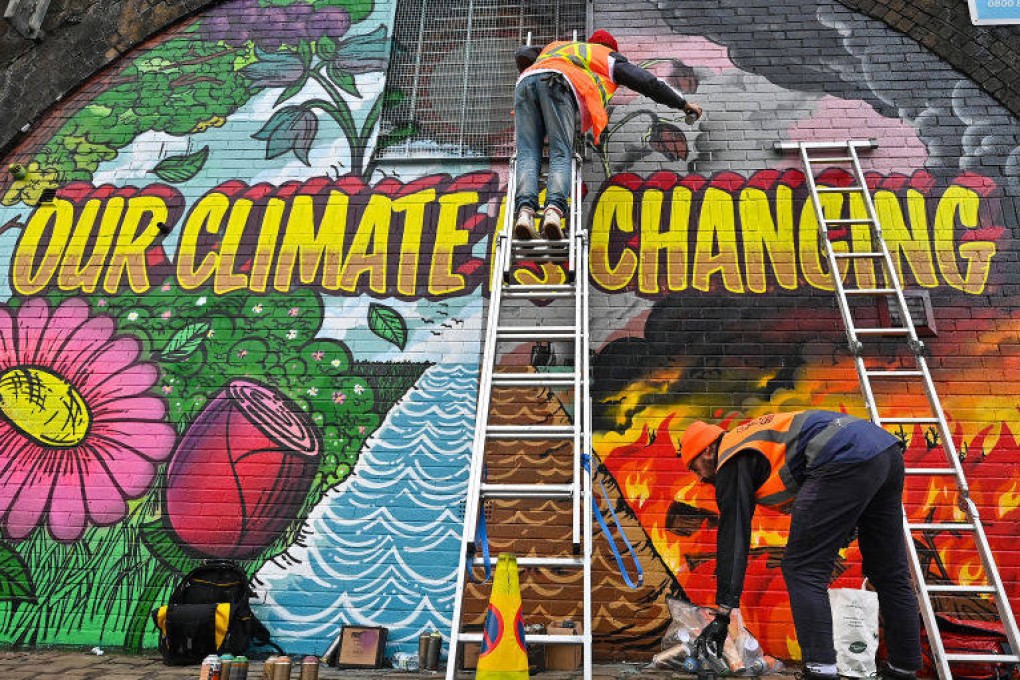Can advertisers sell us on need for climate action like they sell needless consumption? Insiders on a green way forward for the industry
- Though polls show consumers are concerned about climate change, consumption and emissions are rising and advertising is one reason for that
- Revamping the industry so it helps popularise low-carbon choices is doable, insiders say, but may require a metric to show the emissions that ad slogans drive

As the world’s “architects of desire”, the advertising industry could play a major role in driving greener choices, executives have said.
Advertising has been criticised by some as complicit in greenwashing campaigns, when brands overstate their environmental credentials, and for promoting excessive consumption.
But Solitaire Townsend, co-founder of Futerra, a creative agency focused on sustainability, says, “Some of the most creative, inventive, persuasive people come into this industry” and could harness “an incredible ability to engage and inspire people with climate solutions”.

Right now, advertising “is too often selling destruction”, Townsend says, whether promoting continuing use of fossil fuels or other high-carbon, planet-endangering behaviour such as buying throwaway fashion.